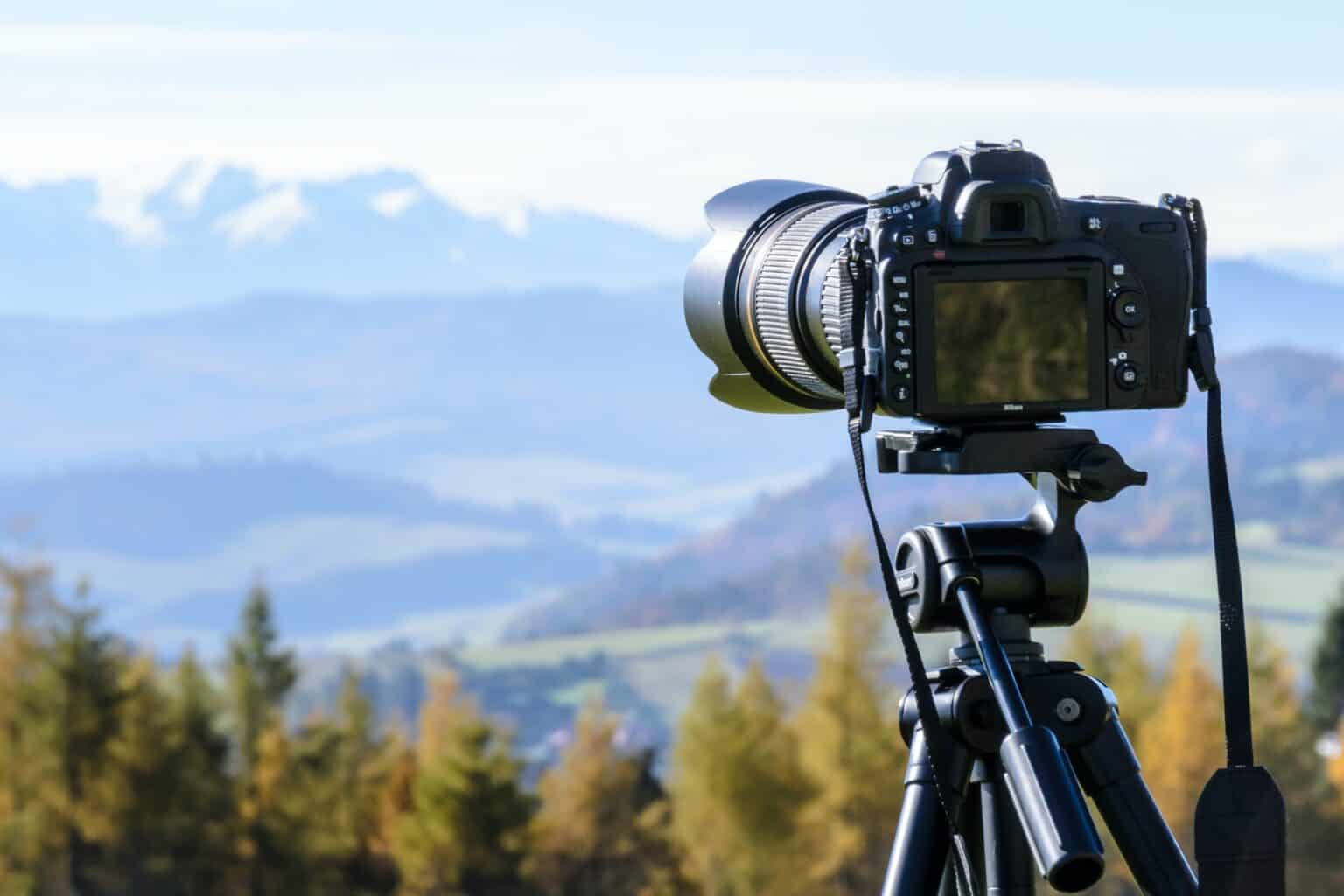Introduction
Photography, often described as the art of capturing moments, is a powerful medium that has evolved tremendously since its inception. Combining artistic expression with technical precision, photography has the unique ability to freeze time, tell stories, and evoke emotions. In this article, we will explore the multifaceted world of photography, its history, diverse genres, and the role it plays in our lives today.
- A Glimpse into History
Photography dates back to the early 19th century, with the invention of the first successful photographic process by Joseph Nicéphore Niépce. This pioneering achievement paved the way for photography’s rapid development. Over the years, various innovations such as the daguerreotype and the introduction of roll film by George Eastman transformed photography into a widely accessible art form.
- The Art of Composition
Photography is as much about art as it is about science. Composition, lighting, and framing are essential elements that photographers use to create visually striking and emotionally resonant images. The rule of thirds, leading lines, and the play of light and shadow are just a few techniques that photographers employ to craft captivating compositions.
- Diverse Genres
Photography encompasses a multitude of genres, each with its unique characteristics and storytelling potential:
a. Portrait Photography: Captures the essence of individuals, revealing their personalities and emotions. b. Landscape Photography: Showcases the beauty of natural landscapes, from sprawling vistas to intimate scenes in nature. c. Street Photography: Documents candid moments of everyday life in urban settings. d. Wildlife Photography: Focuses on capturing the behavior and habitats of animals in their natural environments. e. Fashion Photography: Creates stunning visuals that showcase clothing and accessories in the world of fashion. f. Documentary Photography: Tells stories, raises awareness, and documents social and historical events. g. Fine Art Photography: Pushes the boundaries of creativity, often blurring the line between photography and art. h. Astrophotography: Explores the cosmos, capturing celestial objects and phenomena.
- The Digital Revolution
The advent of digital photography in the late 20th century transformed the way we capture, store, and share images. Digital cameras and smartphones have made photography more accessible than ever, empowering millions to become photographers and share their perspectives with the world.
- Photography in the Modern World
In today’s interconnected world, photography plays a central role in communication and storytelling. Social media platforms, such as Instagram and Facebook, have become hubs for sharing and discovering photographic content. Images are used in journalism, advertising, marketing, and personal expression, shaping public opinion and influencing culture.
- The Future of Photography
As technology continues to advance, the future of photography holds exciting possibilities. Innovations such as computational photography, virtual reality, and artificial intelligence-driven image processing are shaping the landscape of visual storytelling. Photography remains a dynamic and evolving medium, constantly pushing the boundaries of what is possible.
Conclusion
Photography is a powerful blend of art and science that continues to captivate our imaginations and shape our world. It has a rich history, diverse genres, and an ever-expanding role in modern society. Whether you’re a professional photographer, an amateur enthusiast, or simply someone who appreciates a well-crafted image, photography has a unique way of connecting us to the world, preserving memories, and telling stories that transcend language and culture.


